I'm desigining a board with ATMega32U4 microcontroller.
The board will be minimal, and will feed the microcontroller from USB of an M.2 socket (E type) on a PC mainboard:
Now, checking Leonardo's schematic, they are using varistors to protect USB's D+ and D- pins:
This is perfectly understanable, as Leonardo can be plugged into any computer's USB port.
But in my case, this AVR will be powered from an internal M.2 socket soldered onto the PC's mainboard.
My assumption is that I can leave out these varistors, as when voltage on D+ and D- pins are above the varistors' limits (20V), my biggest problem probably will not be this AVR, but the whole computer.
Can you verify this assumption? Can I skip these varistors?

